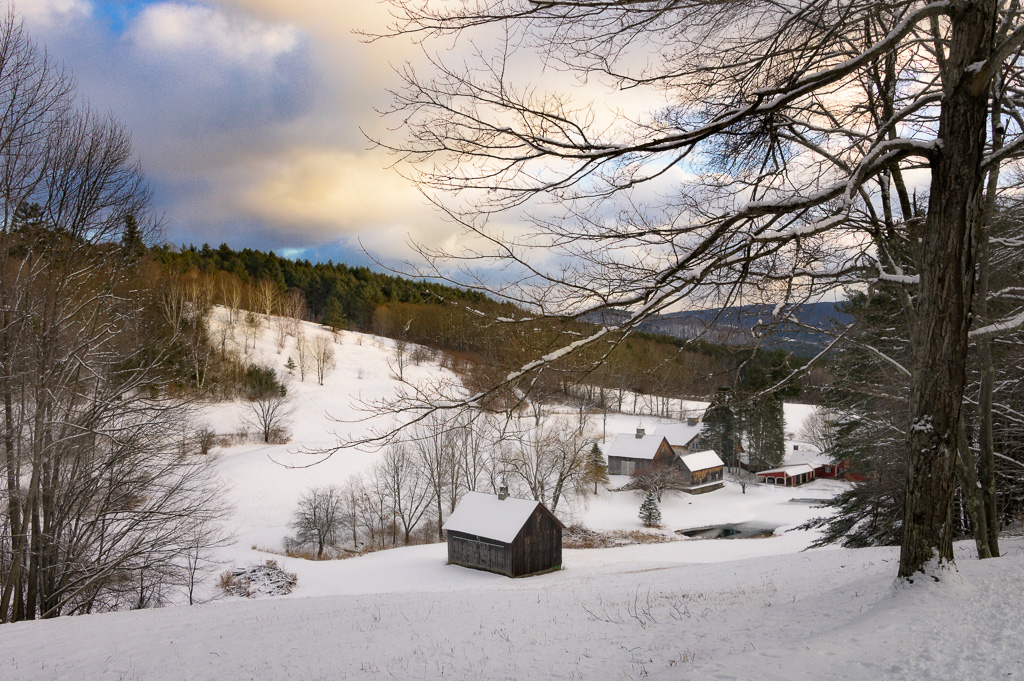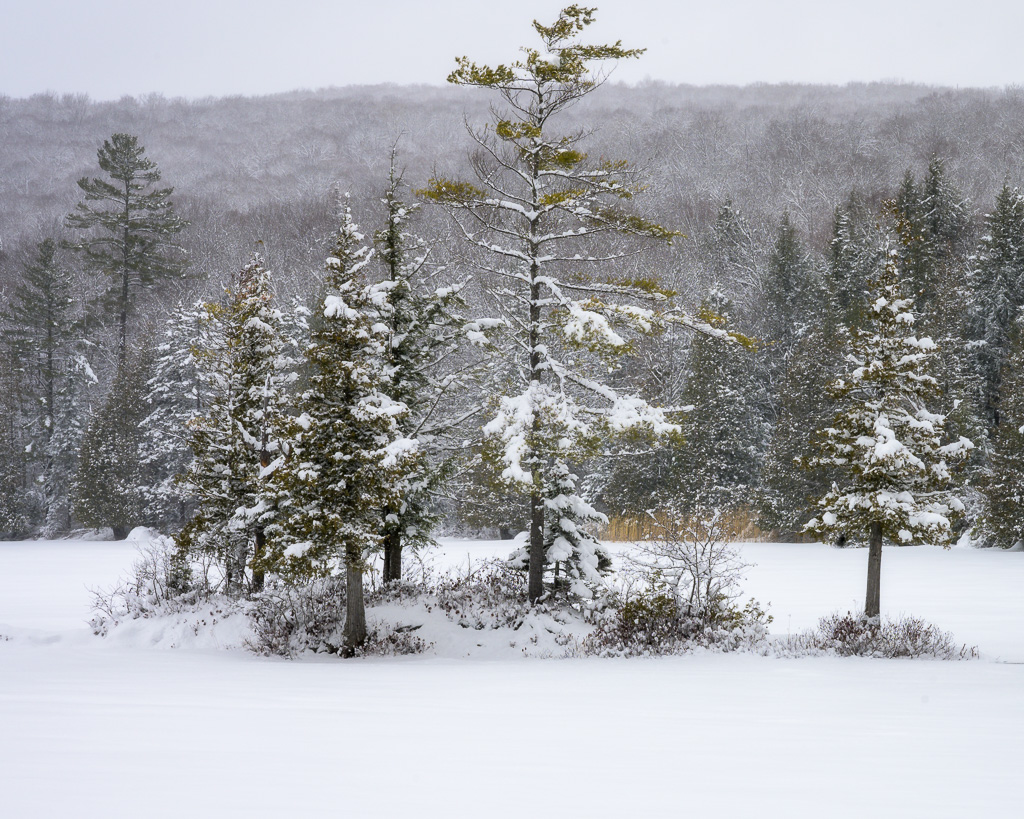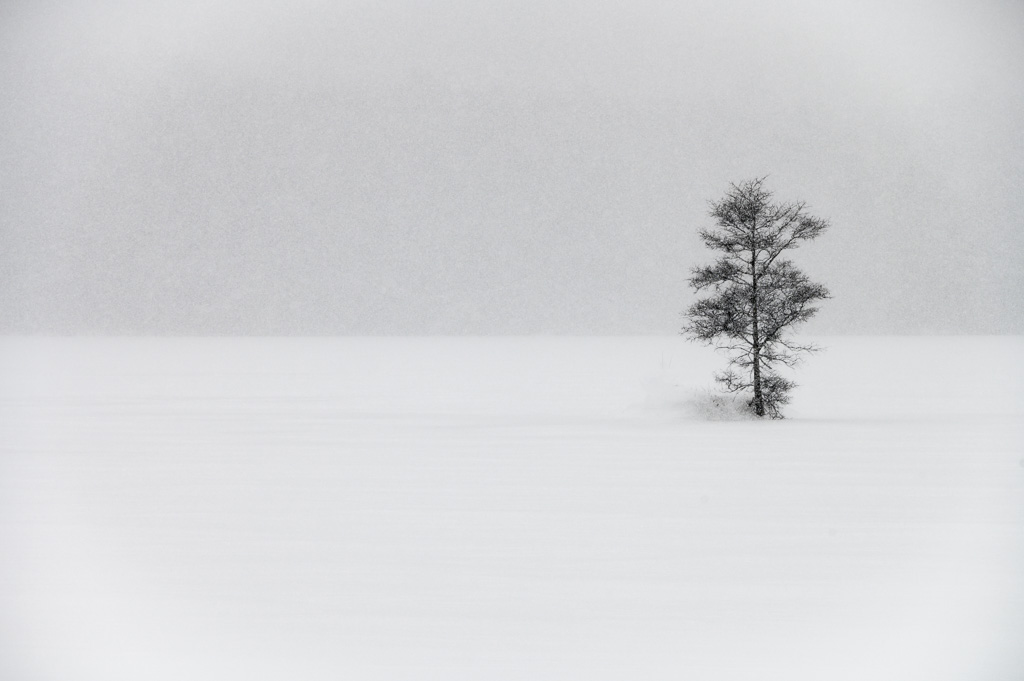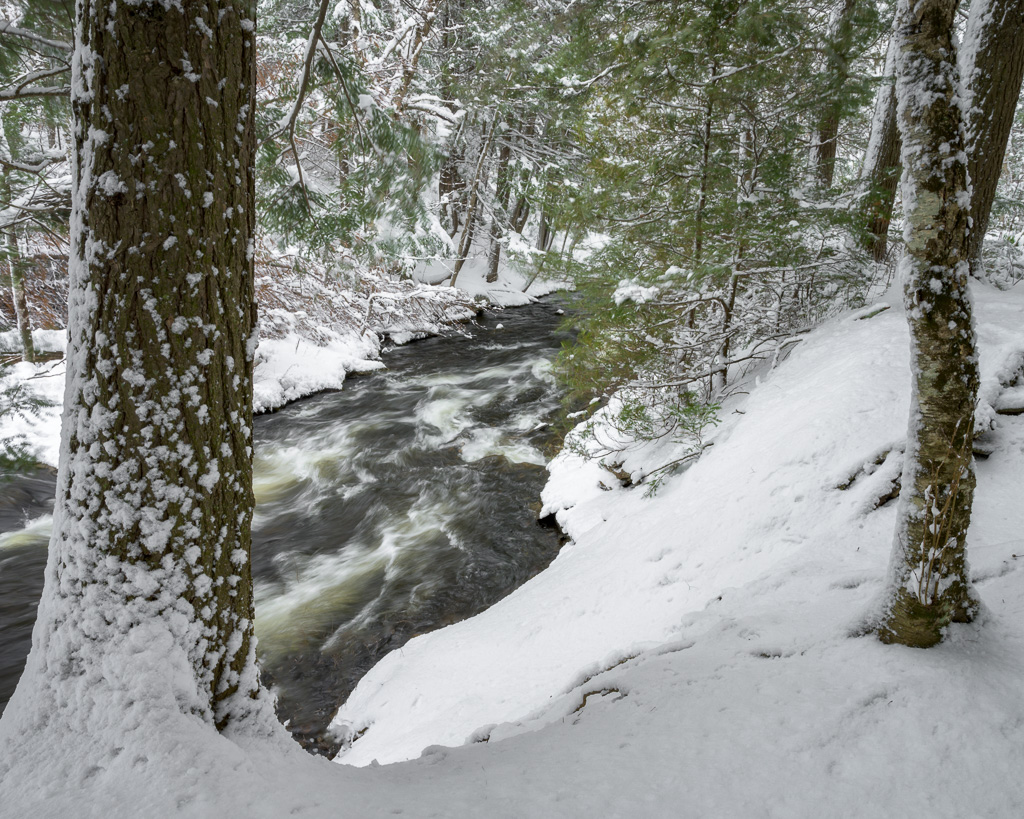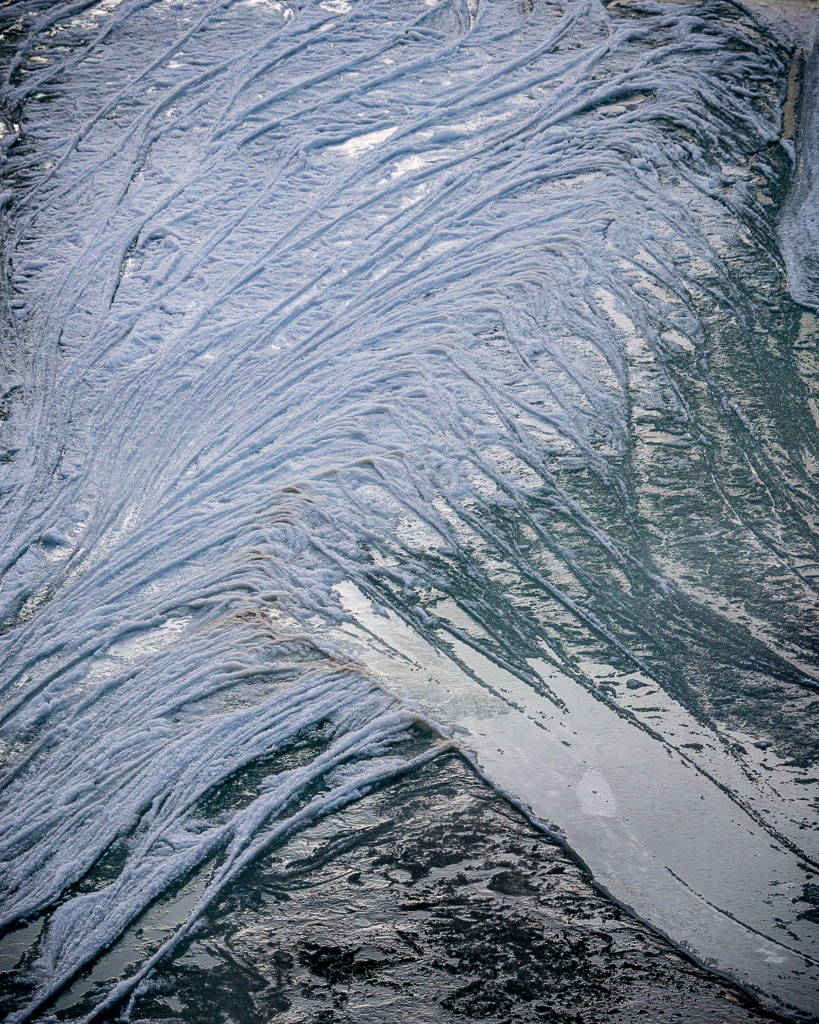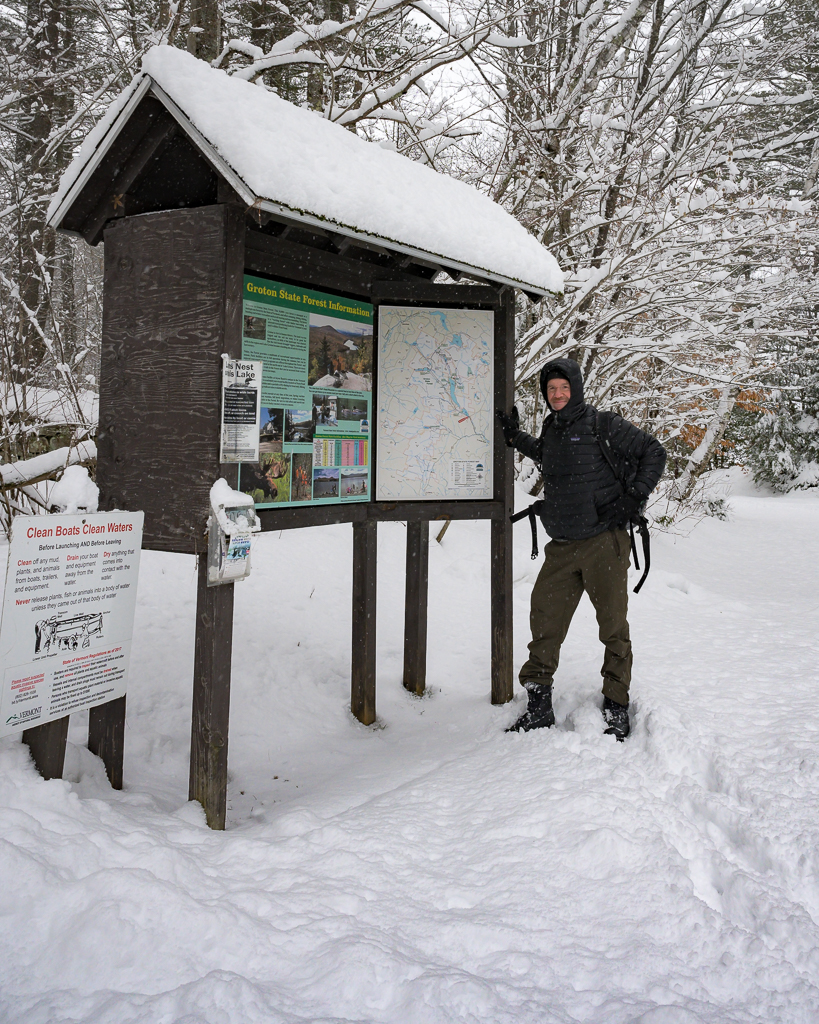For almost 40 years, I have grown accustomed to the durability of Nikon cameras and lenses. When Nikon released mirrorless options, I was quick to take notice. The new Z6 and Z7 mirrorless cameras feature a full-frame sensor and, with an adapter, accept all current Nikon F mount lenses. This new Z mount is Nikon’s first new mount since the current F mount introduced in the 1950s. Both Camera body and Z mount lenses are smaller and weigh less than Nikon’s DSLR cameras. When backpacking and traveling by air, this is welcome. I figured it was time to drip my toe into the new Nikon Z universe the cameras. It had been almost a year since they hit the market. I decided to buy a Z6 camera with an adapter. I planned on using my existing Nikon lenses. Since my purchase, I have added two lenses made for the Z cameras, the 14- 30mm f4 and the 24 – 70mm f2.8. Both have won awards for their quality and size.
Several years back, I did add Fujifilm X series cameras to my lineup. I found the quality of their cameras and glass exceptional as well. Compared to Nikon’s DSLR cameras, their smaller size makes an excellent travel setup. The lighter weight is also welcome. I was anxious to get to test my new Nikon equipment as winter was approaching.
Vermont Winters can be harsh on equipment and photographer alike. If you do not stay dry, you can’t take photos. The same goes for your equipment if not protected from the weather. The Nikon Z cameras, when equipped with a new S series lens, are weather sealed. Still, it requires proper planning.
Keeping yourself warm and dry means good protection for your fingers and toes. Dressing in layers is important, with the outer layer being waterproof. Don’t forget the good head and face protection. There are several helpful winter tips to keep your equipment in good working order. Keep lens changes to a minimum and never during heavy snowfall. Allow your camera to slowly warm after prolonged exposure to cold weather. Unwanted condensation in your lens will be the price you pay if you don’t. Bring a weather cover that allows you to continue to shoot during periods of precipitation. A small blower used to keep dust off of sensors is also useful to blow snow and water of a lens while shooting. Bring a good lens cloth or absorbant rag to get a handle on accumulated moister. The cold can drain batteries quickly, so keep extras under your jacket. Your body heat helps them keep their charge. Keep swapping out the batteries for peak performance with your camera.
Dressed warmly and with my new Nikon Z equipment winterized, I set out to photograph the Vermont winter. I made a handful of trips throughout central Vermont. This region often gets plenty of snow and get quite chilly.
All photos were taken on the Nikon Z6 with either the 14 – 30mm f4, 24 – 70mm f2.8, or the 28 – 300mm f5.6 F mount lens. All photos were taken with a tripod and edited using Adobe Lightroom Classic.
